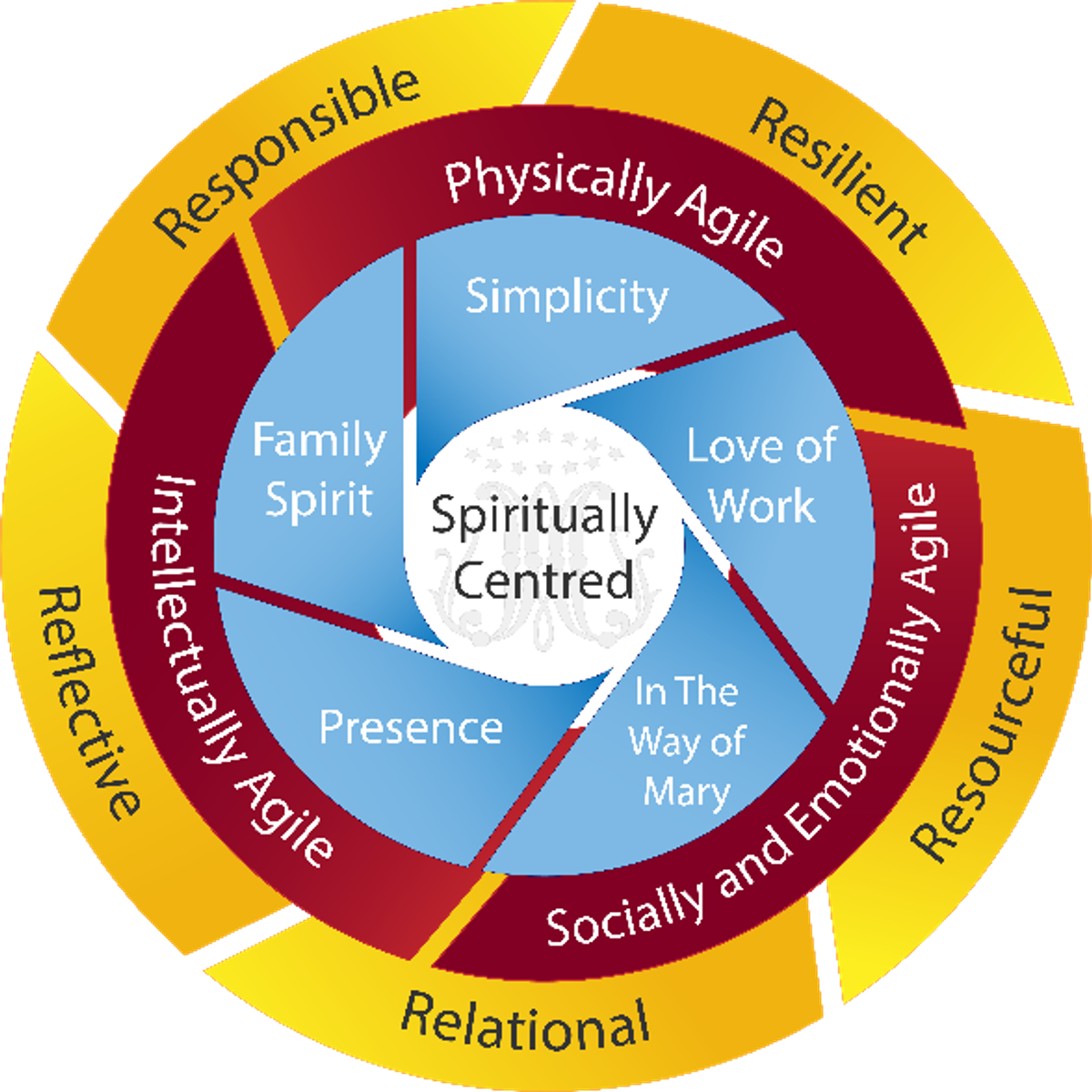From the Director of Teaching & Learning
Mrs Louise Millar

From the Director of Teaching & Learning
Mrs Louise Millar
Being REFLECTIVE is a key capability for good learning.
Last term we introduced the first of our 5R’s when we began focusing on Responsibility for learning. It is now time to consider, in addition, the next R for good learning: Being Reflective.


Being reflective is a central attribute for successful learning as it drives our growing capacity in the other 4 R’s. Think about all those things we call “life lessons”; these are ‘lessons’ to us because we take away an understanding from them that influences how we do things in future. We change our behaviour because we have reflected on what we have learned.
In a classroom setting, students are reflective when they think about themselves as learners. In this, they come to know their own strengths and weaknesses, and they recognise learning moments. A student who arrives home at the end of a day at school and asserts that they “didn’t learn anything” is failing to recognise learning moments. This means they’ve failed to take an opportunity to grow their understanding and capabilities.
Agile learners are REFLECTIVE learners. They:
Only a few students took advantage of the opportunity for reflection prior to last week’s Parent-Teacher Interviews. For each of their subjects, students should regularly reflect using the format provided in their Parent-Teacher reflection booklet:
| Subject: |
Two of my biggest strengths in this subject: |
Two important areas for improvement: |
Students should then reflect on these, and take into account teacher feedback, to set some goals for growth. Students most often fall for achievement goals like “To get a mark of 95% in the next exam”. These types of goals may be motivational, but they are not practical in guiding a student to HOW they will improve.
Instead, students should aim for PROCESS GOALS – that is, goals that tell them how to get where they want to go:
I will include more detail in my paragraphs – to do this I will write practice paragraphs at home with my book open in front of me. I will do this for 20 minutes, two times a week until the exam.
We can’t allow our young people to keep making the same mistakes in their learning, but must rather provide them with opportunities to reflect on mistakes, celebrate strengths, and work on growing their understanding and capabilities. Reflective practices are an important tool in meeting this goal.
Mrs Louise Millar
Director of Teaching and Learning